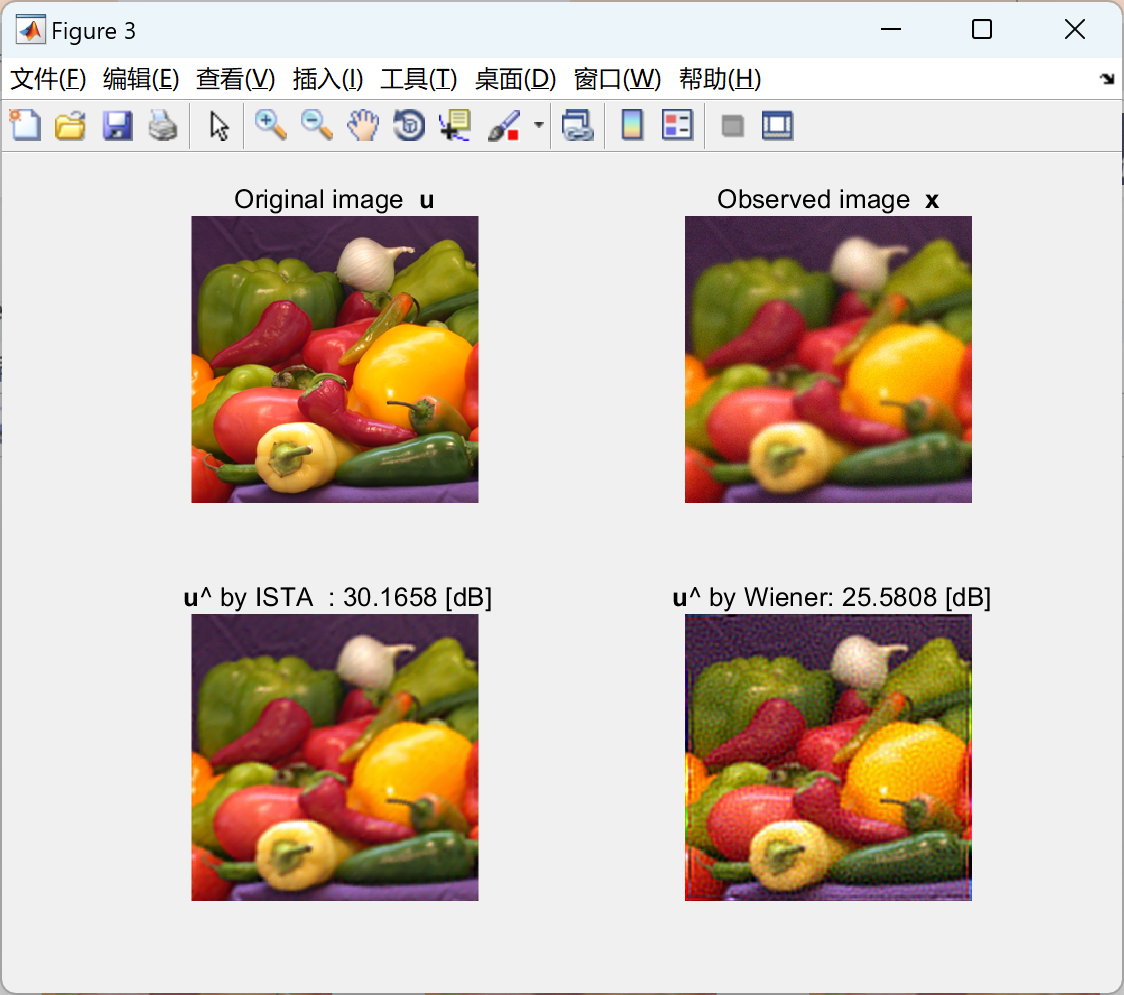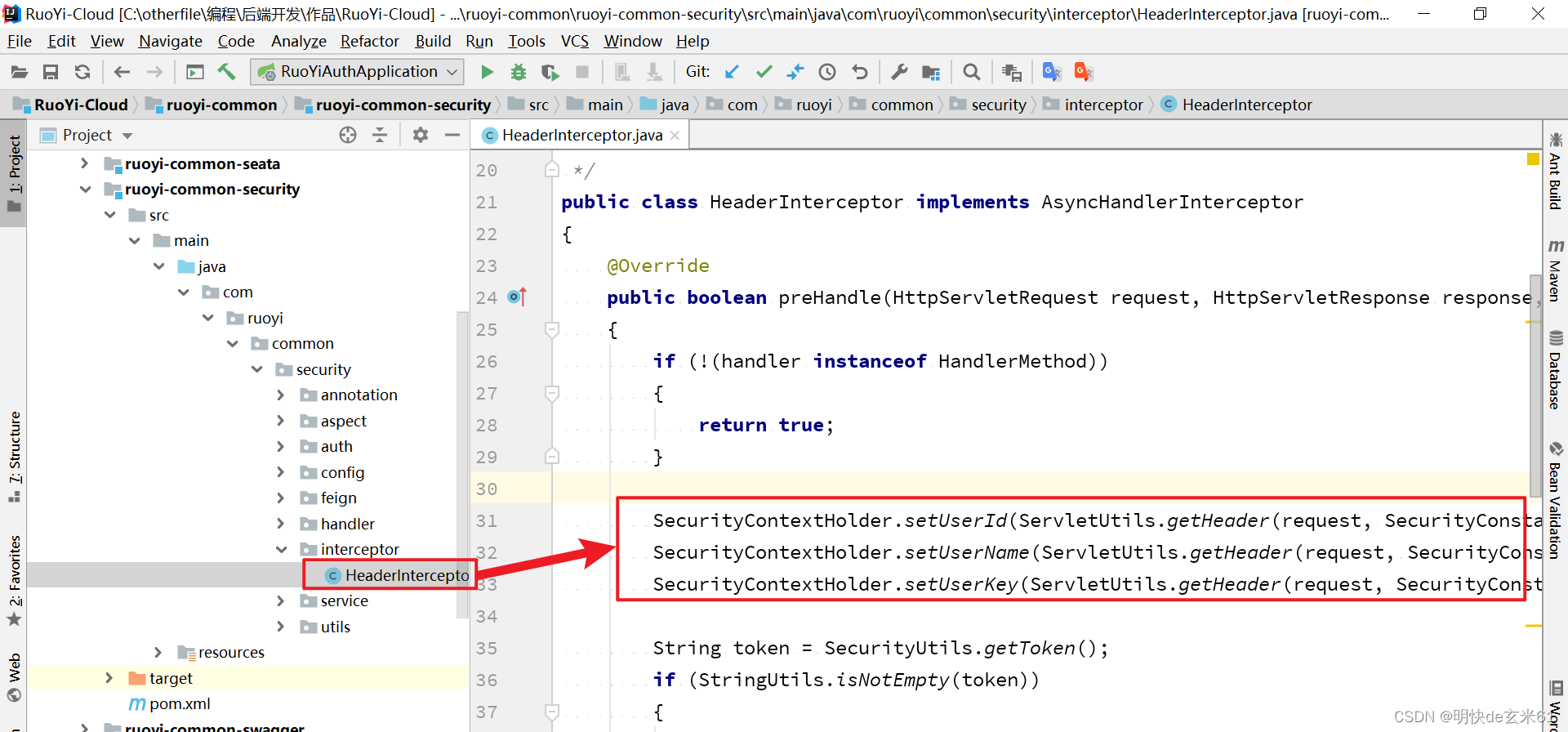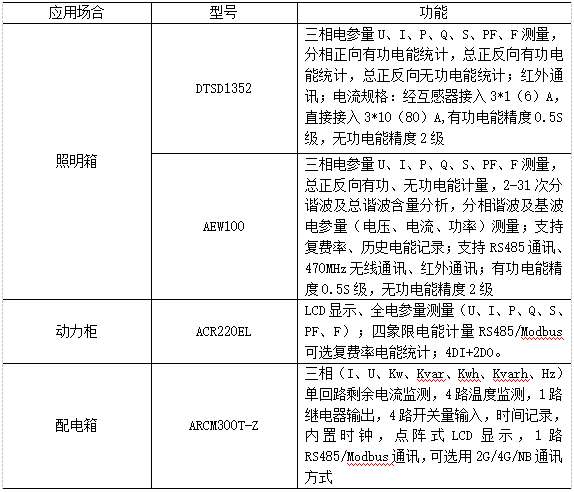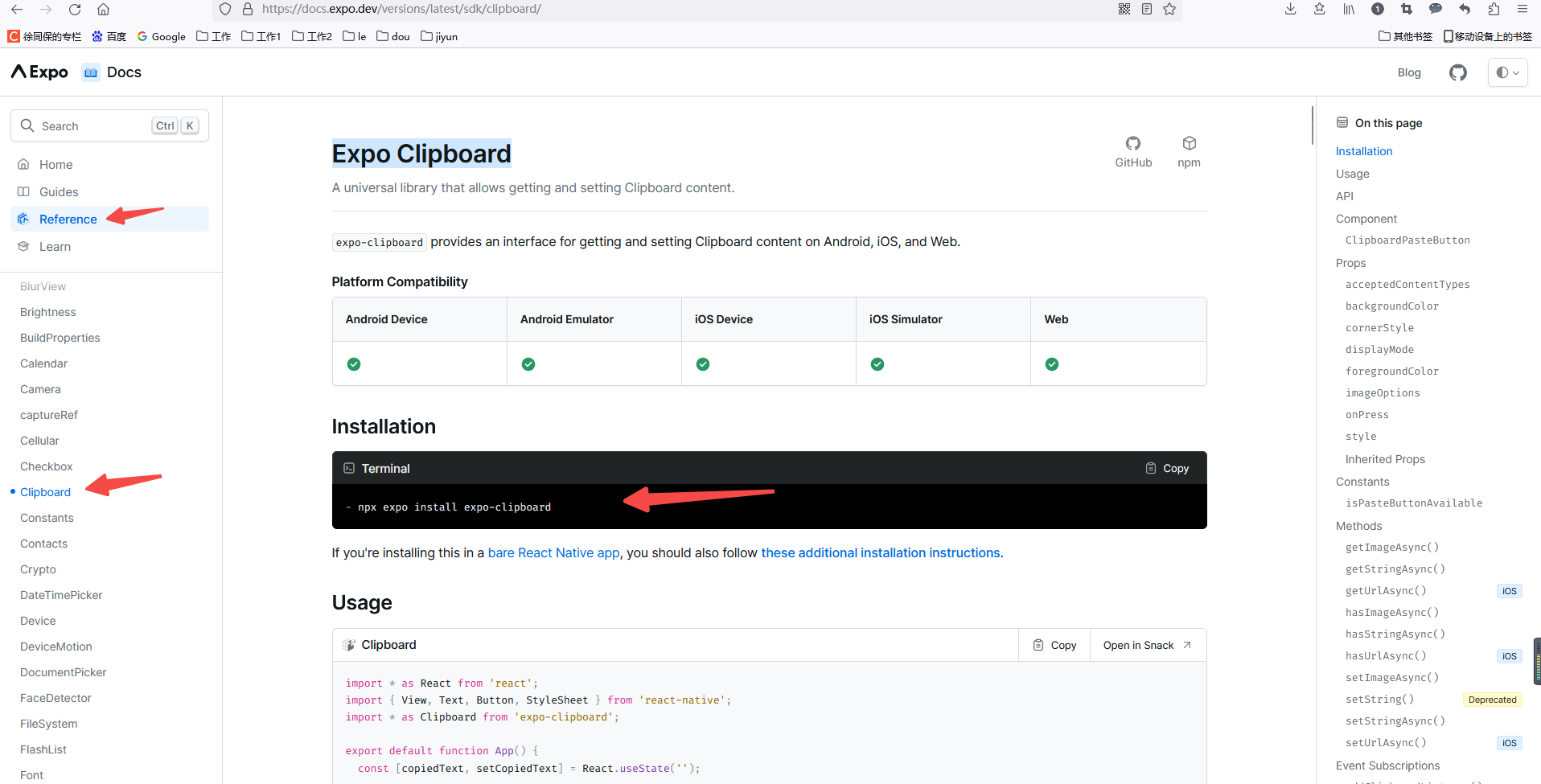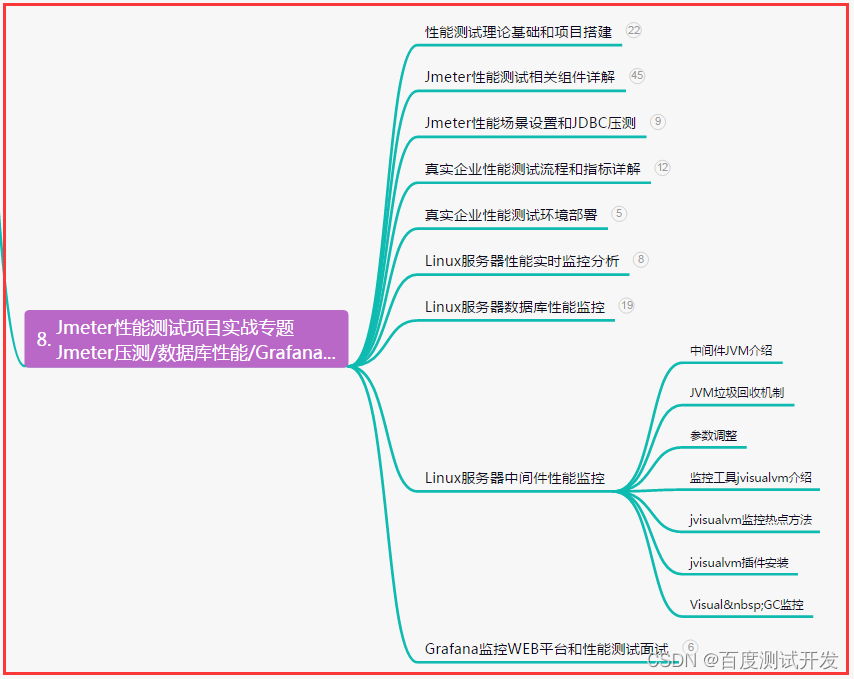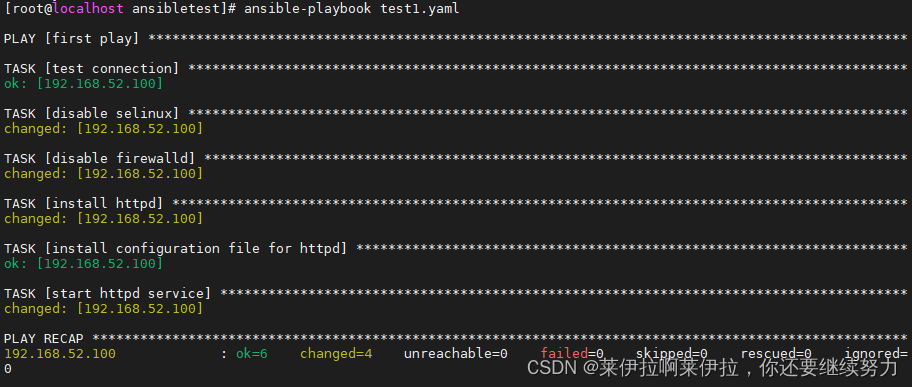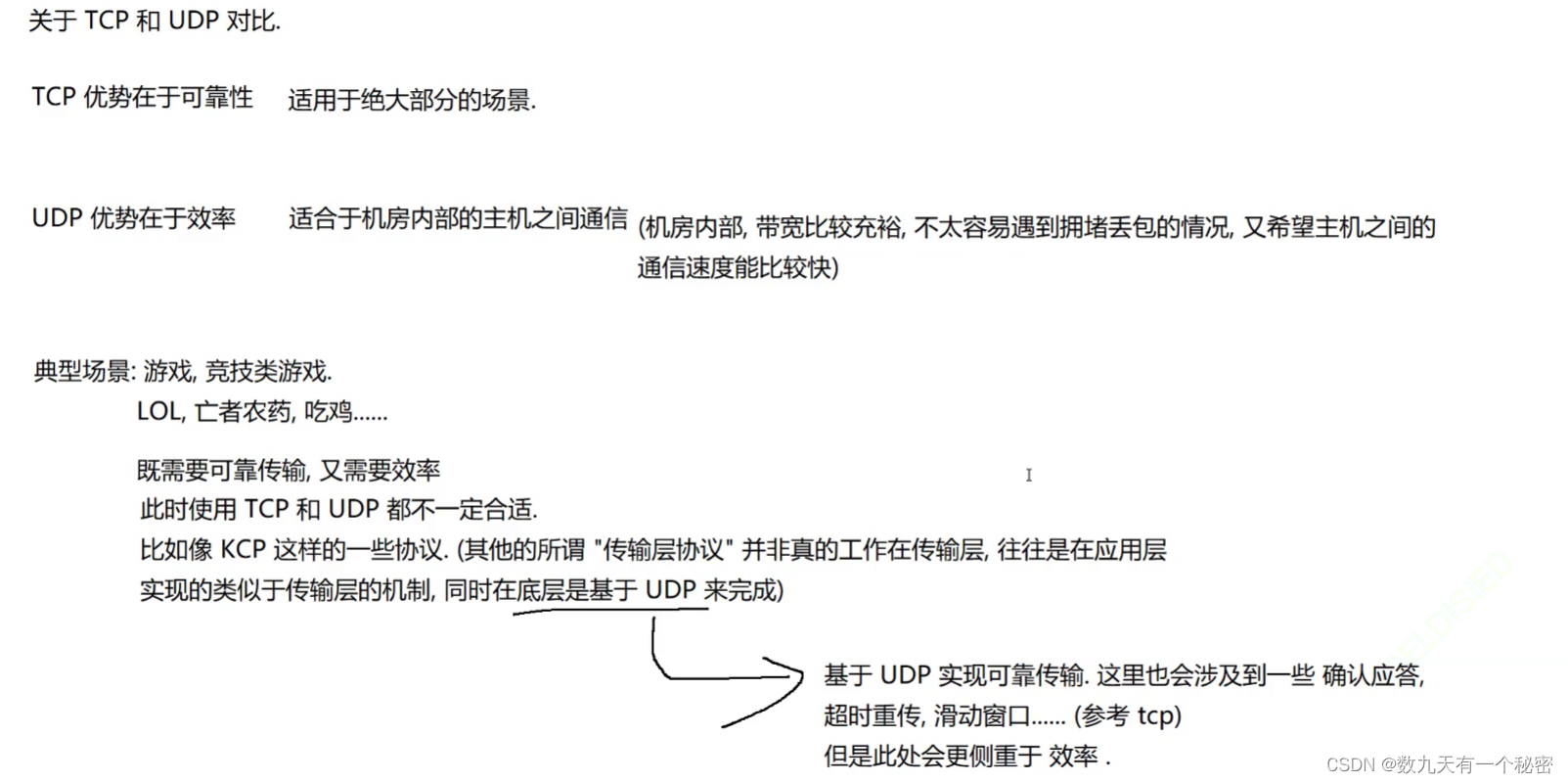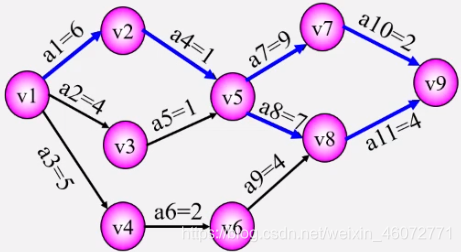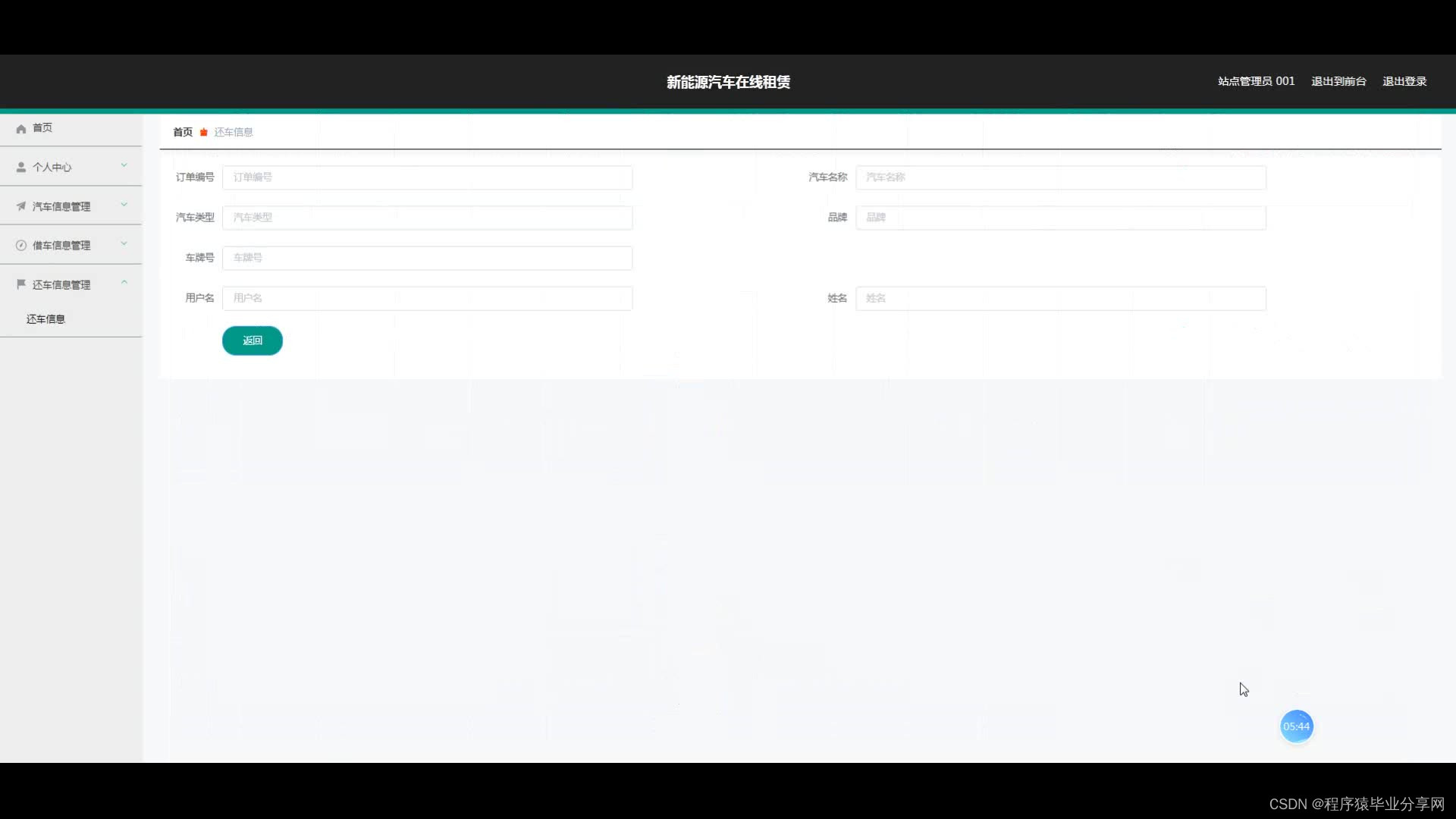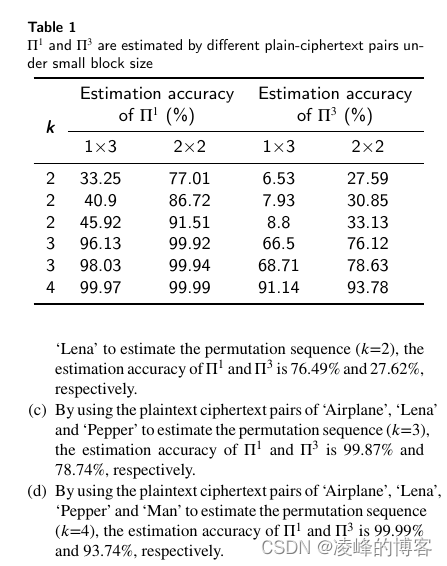题目链接:
KY103 2的幂次方 ![]() https://www.nowcoder.com/share/jump/437195121691999575955
https://www.nowcoder.com/share/jump/437195121691999575955
描述
Every positive number can be presented by the exponential form.For example, 137 = 2^7 + 2^3 + 2^0。 Let's present a^b by the form a(b).Then 137 is presented by 2(7)+2(3)+2(0). Since 7 = 2^2 + 2 + 2^0 and 3 = 2 + 2^0 , 137 is finally presented by 2(2(2)+2 +2(0))+2(2+2(0))+2(0). Given a positive number n,your task is to present n with the exponential form which only contains the digits 0 and 2.
输入描述:
For each case, the input file contains a positive integer n (n<=20000).
输出描述:
For each case, you should output the exponential form of n an a single line.Note that,there should not be any additional white spaces in the line.
中文描述:
每个正数都可以用指数形式表示。例如,137 = 2^7 + 2^3 + 2^0。我们用a(b)的形式表示a^b。那么137可以用2(7)表示 +2(3)+2(0)。 由于 7 = 2^2 + 2 + 2^0 和 3 = 2 + 2^0 ,因此 137 最终由 2(2(2)+2 +2(0))+2(2+2(0)) 表示 +2(0)。 给定一个正数 n,你的任务是将 n 以仅包含数字 0 和 2 的指数形式呈现。
输入描述:
对于每种情况,输入文件都包含一个正整数 n (n<=20000)。
输出描述:
对于每种情况,您应该在一行中输出 n 的指数形式。请注意,该行中不应有任何额外的空格。
示例1
输入:
1315输出:
2(2(2+2(0))+2)+2(2(2+2(0)))+2(2(2)+2(0))+2+2(0)思路:
-
首先,定义一个递归函数 powTwo,将数字 n 转换为二进制形式,其中只有 0 和 1。
-
在递归函数中,处理二进制数,如果某一位为 1,则根据指数规则,将其转换为对应的 2(a) 形式。
-
注意处理特殊情况,例如 2^1 直接表示为 "+2",其他情况通过递归处理更高次幂。
-
最后,去掉字符串开头的 "+" 符号,即为所求的指数形式表示。
-
在 main 函数中,读入输入的正整数 n,并调用递归函数 powTwo 输出结果。
源代码:
#include <iostream>
#include <vector>
using namespace std;
// 定义递归函数,将数字 n 转换为指数形式
string powTwo(int n) {
if (n == 0) {
return "0";
}
if (n == 2) {
return "2";
}
vector<int> nums;
while (n != 0) {
nums.push_back(n % 2); // 将 n 转换为二进制
n /= 2;
}
string res = "";
for (int i = nums.size() - 1; i >= 0; i--) {
if (nums[i] == 1) {
if (i == 1) {
res += "+2"; // 如果是 2^1,直接添加 "+2"
}
else {
res += "+2(" + powTwo(i) + ")"; // 否则递归处理更高次幂
}
}
}
res.erase(0, 1); // 去掉最前面的 "+"
return res;
}
int main() {
int n;
while (cin >> n) {
cout << powTwo(n) << endl;
}
return 0;
}
提交结果:


